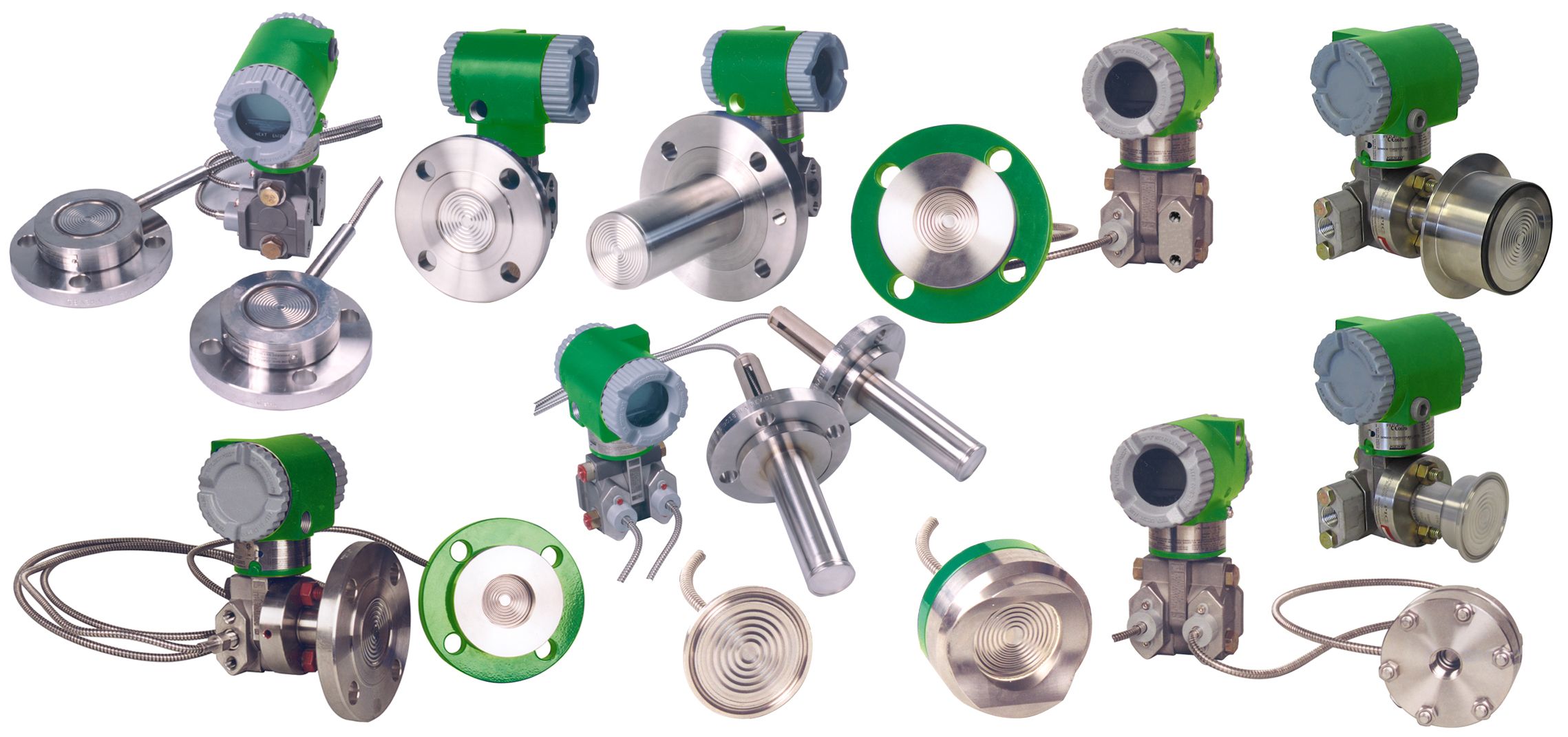
Pressure seals can increase the number of applications where pressure transmitters can be used, offering advantages over wet leg systems, such as easier maintenance and more versatile mounting options. They also extend the life of the pressure transmitter.
When To Use Pressure Seals On Level Measurements
Pressure seals, also known as diaphragm seals, are used in level measurements for several specific scenarios:
- High Temperature: Seals protect the transmitter from extreme temperatures.
- Corrosive or Toxic Processes: They protect the pressure transmitter from corrosive, toxic, aggressive and crystalising process fluids.
- Viscous, Fibrous or Solid-Laden Fluids: When the process contains numerous solids or is viscous, diaphragm seals will prevent clogging of the impulse piping.
- Sanitary Applications: They are essential in sanitary applications where easy cleaning and avoiding contamination of bacteria in pharmaceutical, food, brewing and dairy processes are crucial.
- Improved Accuracy: They help maintain measurement accuracy by isolating the instrument from process conditions that could affect its performance.
- Unstable Wet Legs: When replacing wet legs to reduce maintenance on applications where the wet leg is not stable or often needs to be refilled.
Any of these conditions can pose substantial risk to process performance and uptime if pressure seals are not used.